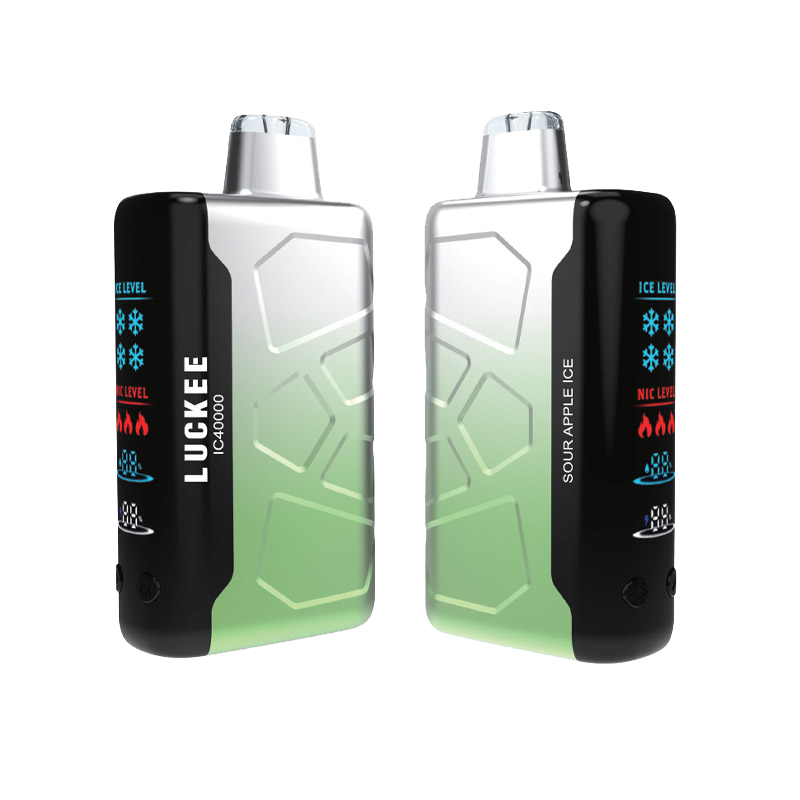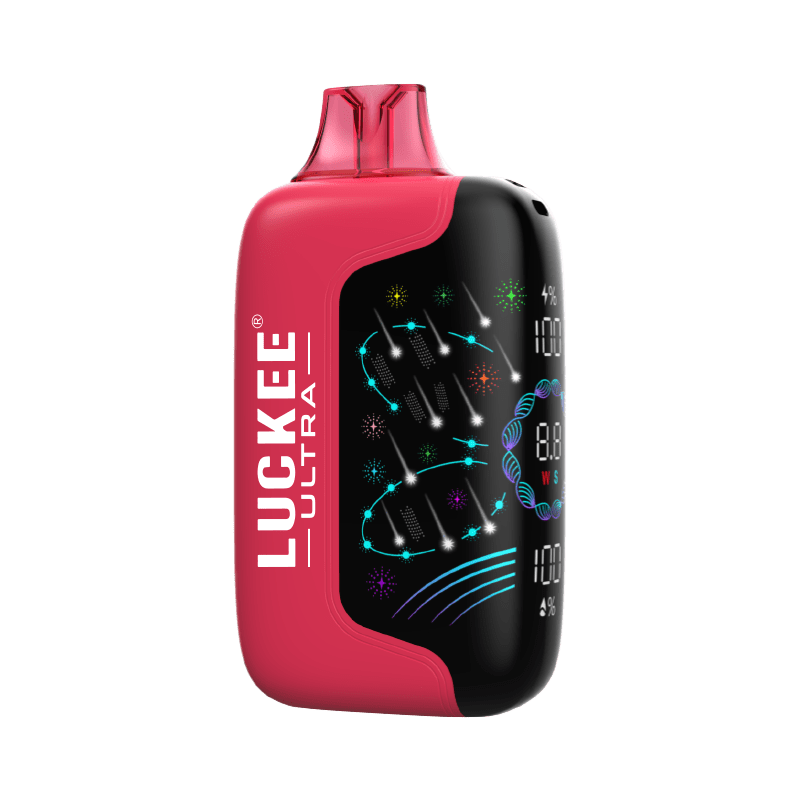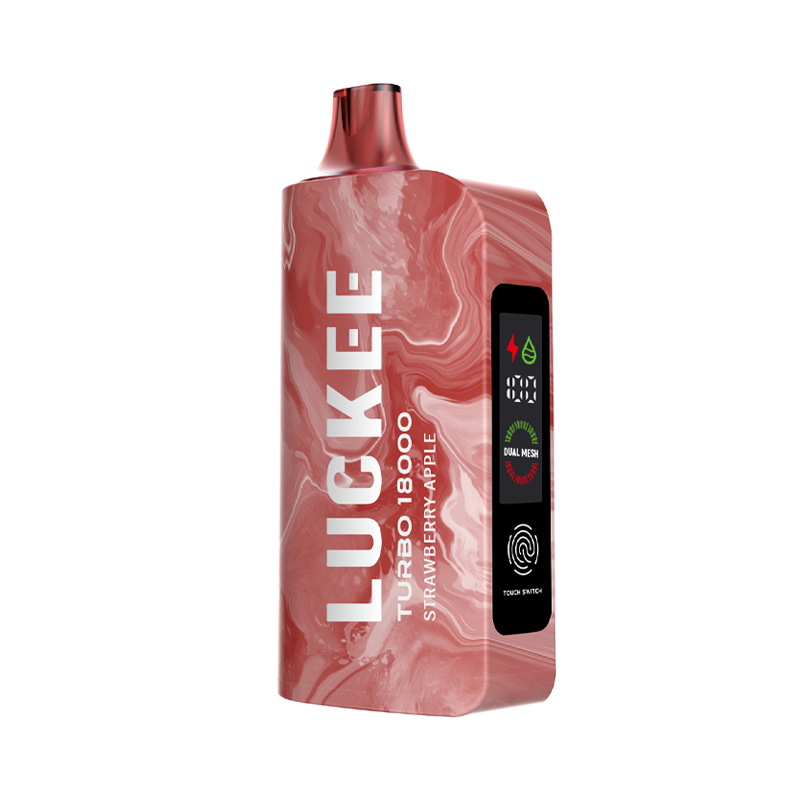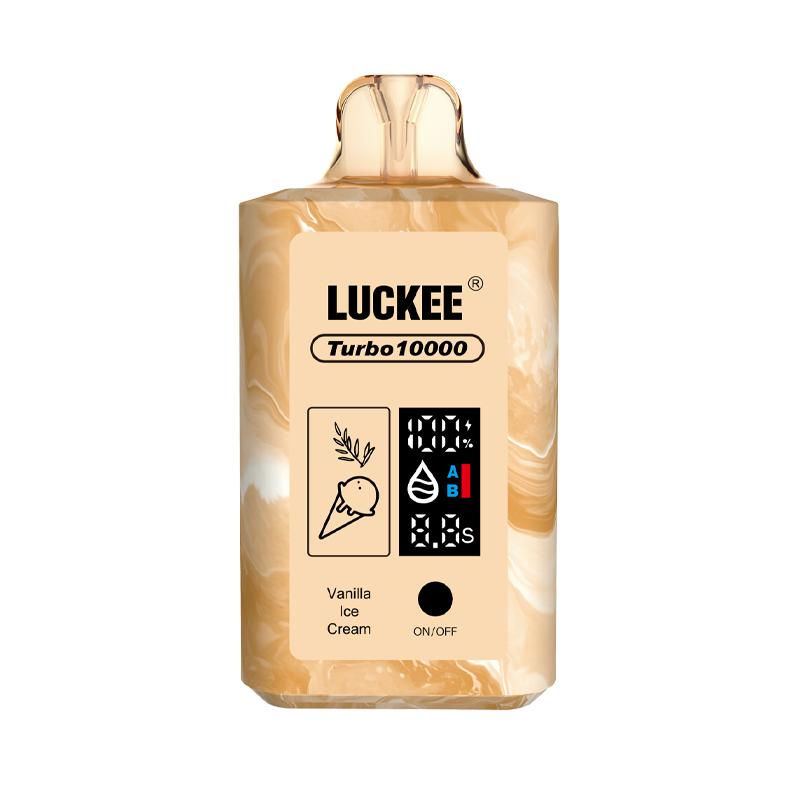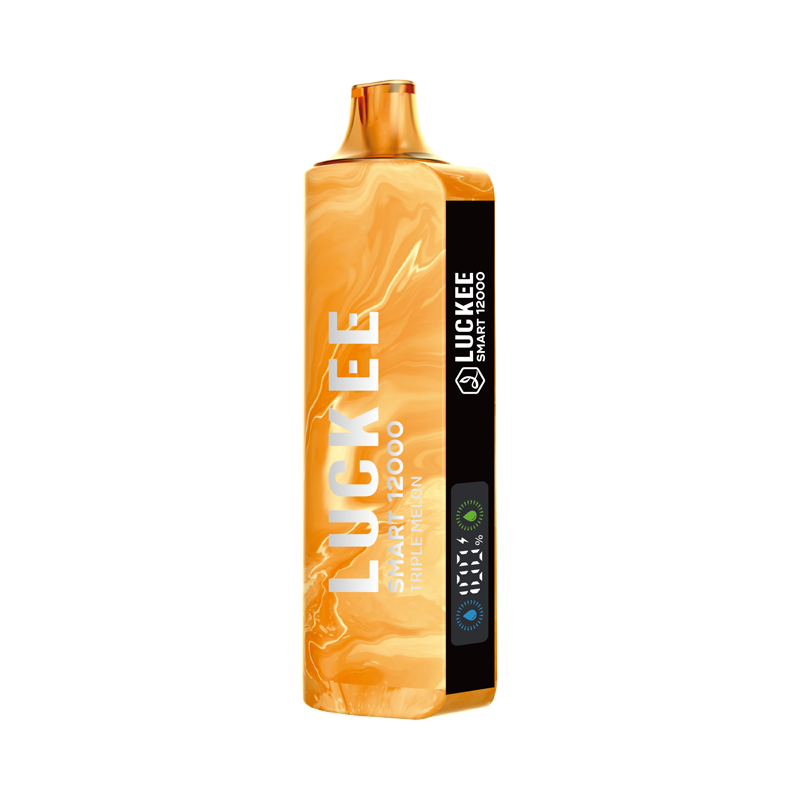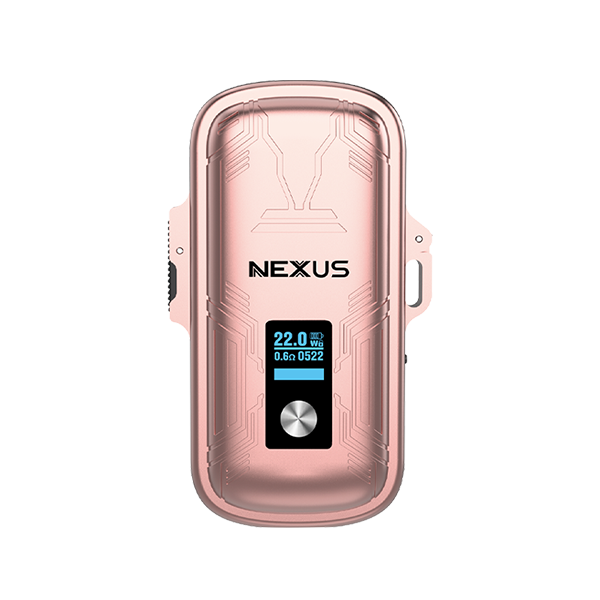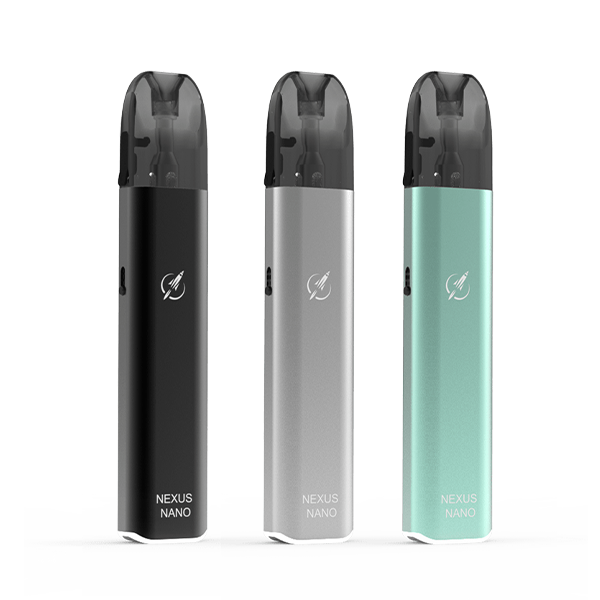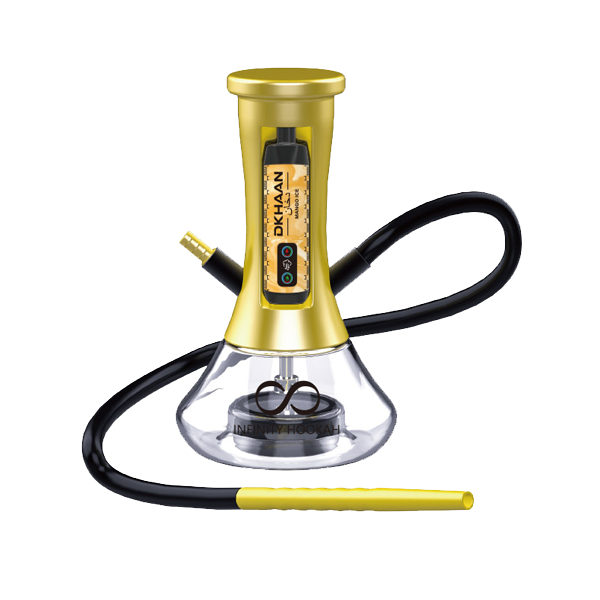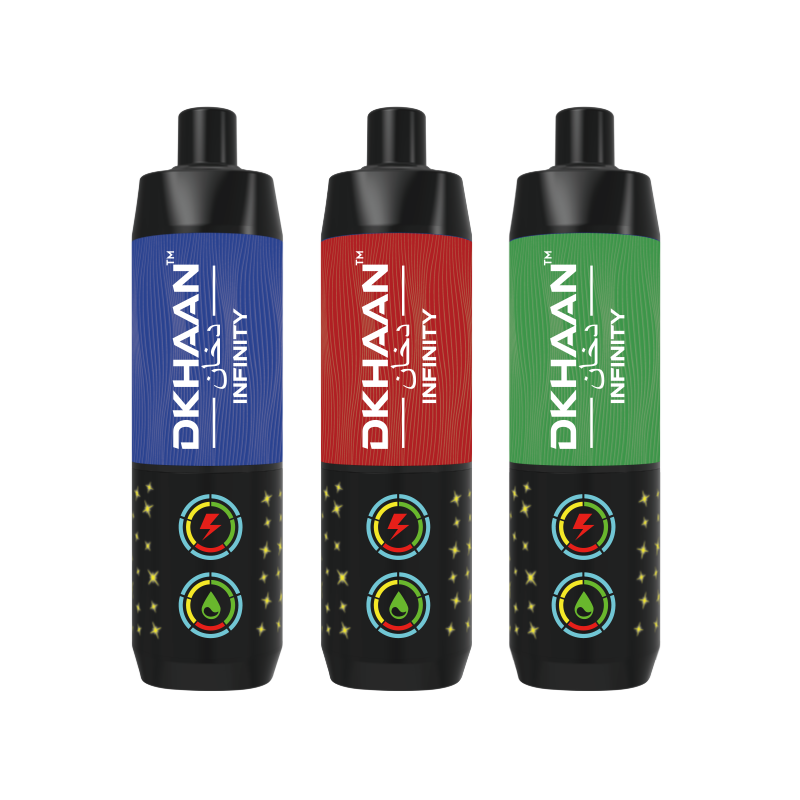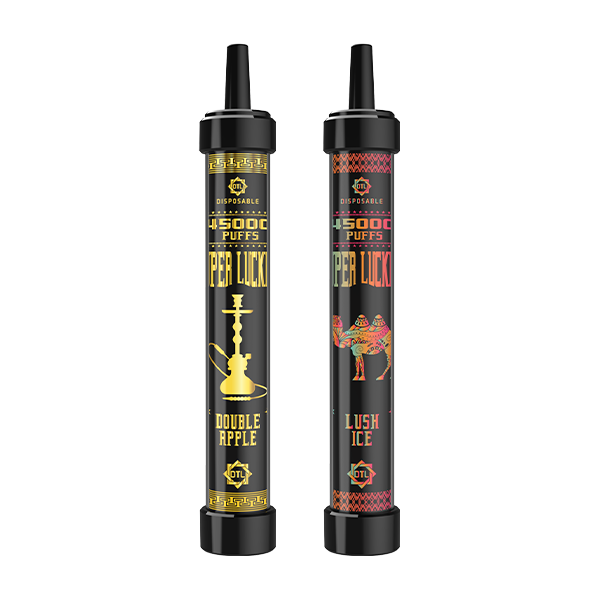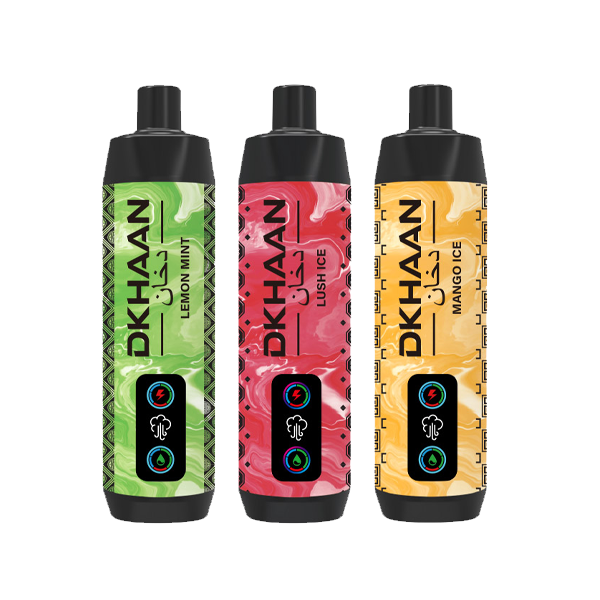The vape pod industry has revolutionized modern smoking alternatives, offering convenience, portability, and cleaner nicotine delivery. However, a persistent issue plaguing users and manufacturers alike is the frequent leakage of vape pods. This seemingly minor flaw can severely impact product reliability, user satisfaction, and brand reputation. In this article, we explore the root causes of vape pod leakage and provide five comprehensive engineering improvement strategies to eliminate the problem.
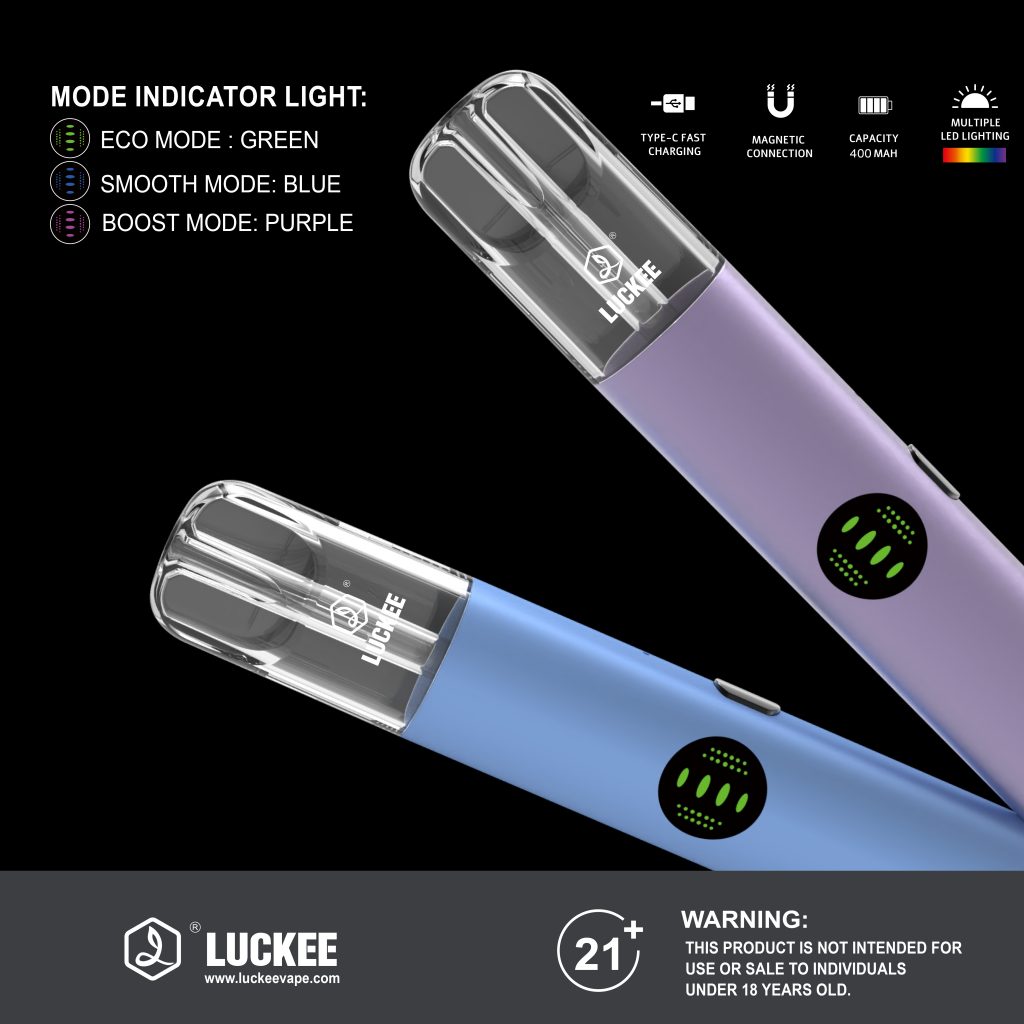
1. Enhancing Seal Integrity Through Advanced Gasket Materials
One of the most common culprits behind pod leakage is poor sealing. Vape pods rely on gaskets and O-rings to maintain airtightness between the e-liquid chamber and airflow system. When these components are made of inferior or mismatched materials, they deteriorate quickly under exposure to heat, e-liquid chemicals, and pressure changes.
Engineering solution:
-
Utilize high-grade silicone or fluoropolymer-based gaskets known for their resistance to chemical erosion and thermal expansion.
-
Incorporate multi-layered sealing systems that provide redundancy in preventing leakage.
-
Test under extreme environmental simulations to ensure long-term performance.
These upgraded seals significantly reduce the chances of vape pod leakage, especially under frequent use or in varying climates.
2. Optimizing Airflow Design to Prevent Backflow Pressure
Airflow mismanagement is another technical flaw that leads to vape pod leakage. When negative pressure builds within the chamber—typically due to inconsistent inhalation patterns—it forces e-liquid through the coil and into the mouthpiece or battery compartment.
Engineering solution:
-
Introduce pressure-balancing valves to maintain stable air intake during both idle and active states.
-
Employ honeycomb or labyrinth airflow structures to disperse pressure evenly.
-
Modify the chimney and airway path to minimize direct fluid transfer in case of minor leaks.
By redesigning the internal flow dynamics, manufacturers can ensure a smoother and leak-resistant vaping experience.
3. Reinforcing Pod Shells and Interface Fittings
Structural deformities in the pod shell or the interface where it connects to the battery can allow e-liquid to escape, especially when under mechanical stress or after repeated usage.
Engineering solution:
-
Adopt high-precision injection molding techniques to ensure tight tolerances and perfect alignment.
-
Use reinforced polycarbonate or hybrid materials that can endure pressure without cracking or warping.
-
Design the pod base with anti-drip catchment grooves to trap minor leaks before they reach sensitive components.
This structural robustness is essential to maintaining long-term integrity in every vape pod, especially for users who carry devices in pockets or bags.
4. Introducing Temperature-Controlled Wicking Mechanisms
Improper heating and inconsistent wick saturation are major contributors to e-liquid leakage. When the coil overheats or the wick dries out, burnt residue forms, leading to channel clogging or backpressure.
Engineering solution:
-
Implement temperature-sensing chipsets that regulate coil temperature to avoid dry hits and overheating.
-
Use precision-cut cotton or ceramic wicks that retain optimal moisture levels without oversaturation.
-
Introduce vertical coil alignment to improve gravity-fed saturation and reduce pressure accumulation.
These enhancements promote efficient e-liquid vaporization, reducing the chance of unvaporized fluid escaping the pod.
5. Improved Assembly Line Quality Assurance Systems
Often, vape pod leakage isn’t due to design, but human error during production. Poorly fitted components, uncalibrated machines, or lack of standardized inspection lead to defective products reaching the consumer.
Engineering solution:
-
Deploy automated optical inspection (AOI) systems to scan for misalignments or improper seals.
-
Establish robust QA protocols including leak simulation tests and vacuum-pressure monitoring.
-
Integrate barcode tracking to identify production batches and trace recurring faults for swift correction.
Quality control is the final safeguard in ensuring a leakage-free vape pod reaches the market.
Conclusion
Leakage in vape pods is more than just an inconvenience—it’s a threat to product reliability and consumer trust. By focusing on engineering excellence across sealing, airflow, structural design, thermal control, and quality assurance, manufacturers can virtually eliminate this problem.
As user expectations rise, the brands that invest in solving these core technical issues will stand out in a competitive landscape.

